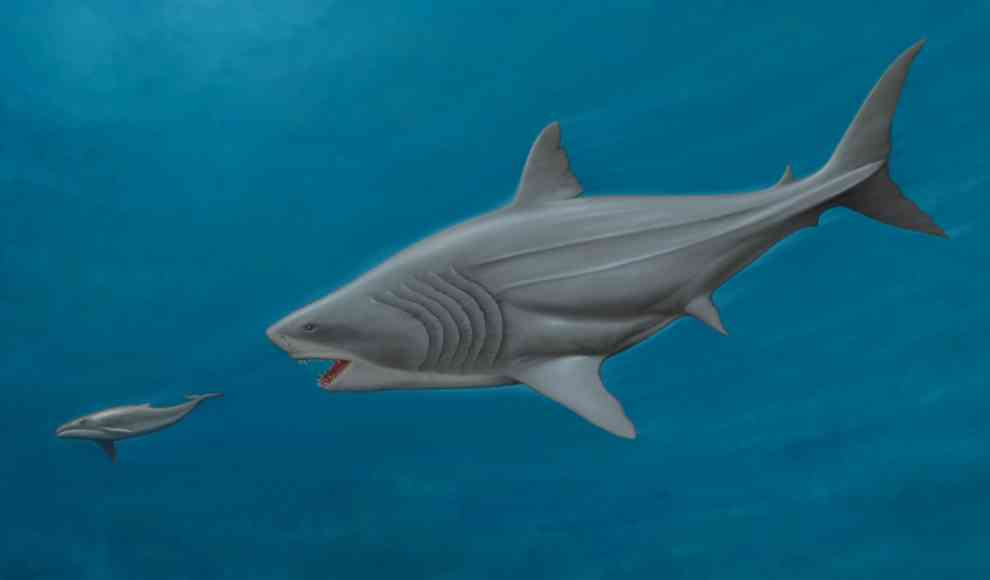The Megalodon was a prehistoric giant shark that has been extinct for around 3.6 million years. While its exact appearance can only be speculated today, scientists have now managed to create the most accurate depiction of the Megalodon in the form of a 3D model. Recent scientific studies show that in the Miocene and Pliocene periods, the Megalodon was likely the largest and strongest predator in the oceans, standing unchallenged at the top of the food chain. The latest research by Jack Cooper from Swansea University in the UK supports this theory.
The Megalodon’s skeleton, like that of modern sharks, was made of cartilage, which fossilizes much less easily than bone and is therefore much rarer. However, in 1860, a small part of the Megalodon’s spine was found in Belgium, which Cooper and his colleagues used to reconstruct the complete spine of the giant shark. By combining the skull and spine, the scientists calculated a body length of around 15.9 meters and an estimated weight of over 61 tons. Such a large animal must have had an immense energy requirement, which Cooper and his colleagues calculated to be about 98,000 kilocalories per day. The Megalodon’s stomach, according to the researchers, could hold about 10,000 liters, which would easily accommodate a modern killer whale. Further calculations show that a Megalodon of this size could have devoured an adult killer whale in just five bites.
Fossil evidence shows that the Megalodon did indeed hunt the whales of that time. The scientists also calculated that after a successful hunt, the Megalodon would not need to eat again for about two months. However, it is still unclear whether the Megalodon’s enormous energy requirements led to its extinction or whether other factors were at play, such as climate fluctuations and the emergence of smaller and more flexible shark species that competed with the giant shark.










